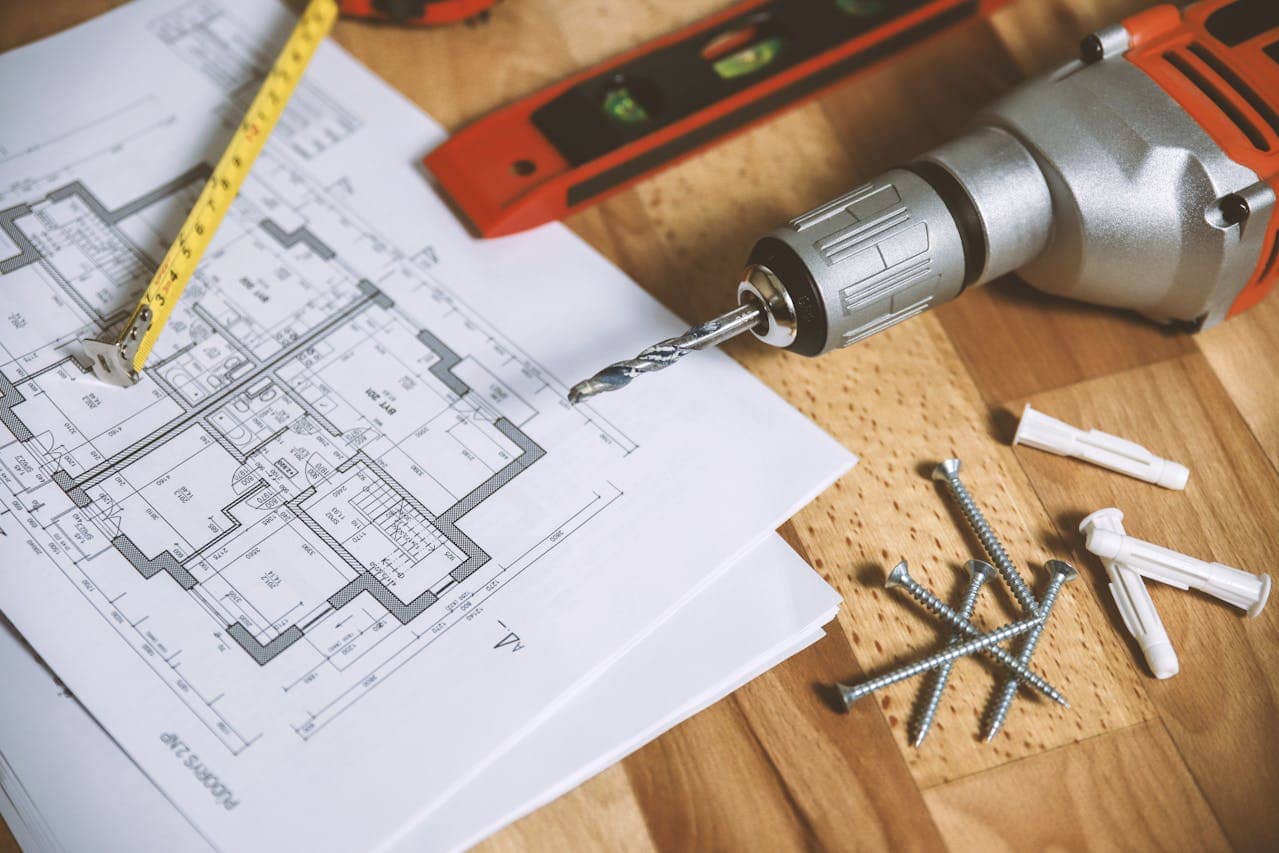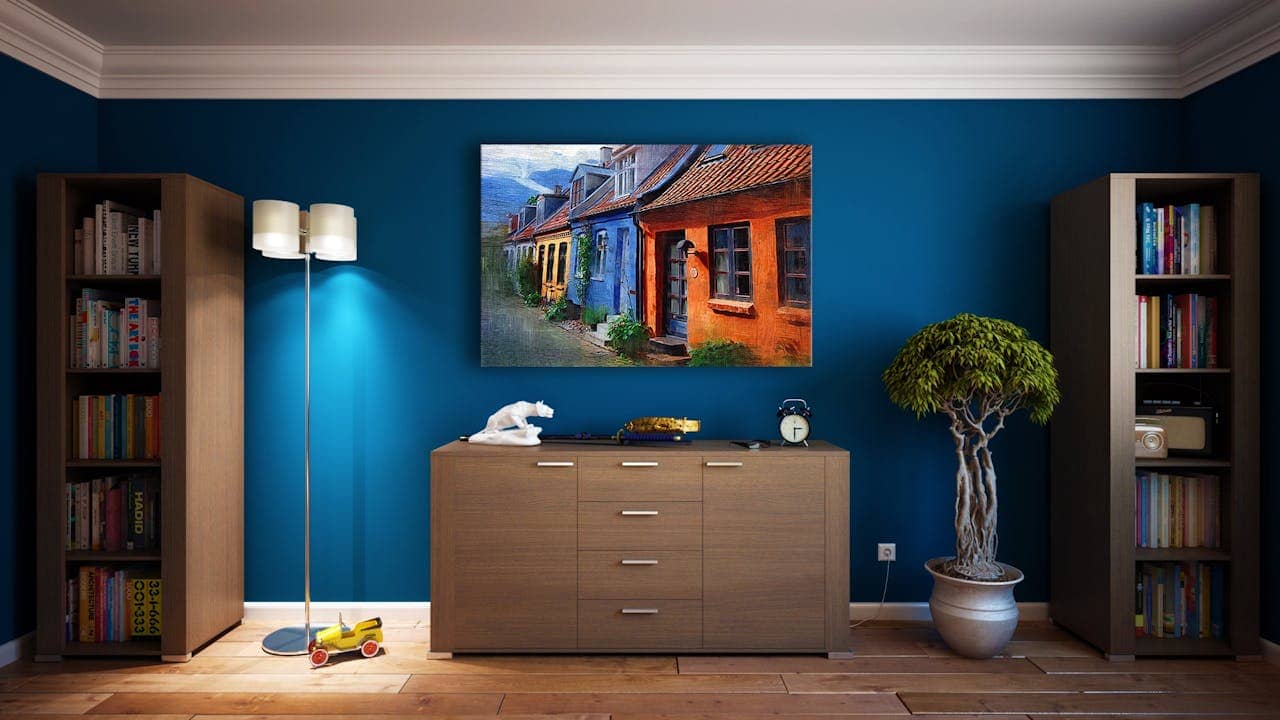How to Design with Acoustics in Mind During Renovations
Renovating a space is an exciting opportunity to create an environment that reflects your style and meets your functional needs. However, one crucial aspect often overlooked during renovations is acoustics. Sound plays a significant role in how we experience spaces, impacting comfort, privacy, and overall well-being. Design with acoustics in mind can elevate your renovation project, creating a harmonious and peaceful environment. This guide will walk you through the essential considerations for integrating acoustics into your renovation plans.
Understanding the Importance of Acoustics
Before diving into design strategies, it’s essential to understand why acoustics matter. Good acoustics can reduce noise pollution, enhance speech clarity, and improve overall comfort. Whether you’re renovating a home, office, or commercial space, poor acoustics can lead to distractions, stress, and a less enjoyable environment. Designing with acoustics in mind ensures that your space looks great and sounds great.
Assessing Your Space's Acoustic Needs
Every space has unique acoustic needs based on function, size, and layout. For example, a home theatre requires different acoustic considerations than an open-plan office. Start by assessing the primary use of each room in your renovation project. Consider the activities that will take place and the desired level of sound control. Understanding the specific needs of each space will guide your decisions when selecting materials and designing the layout.
Selecting Sound-Absorbing Materials
One of the most effective ways to improve acoustics during renovations is by selecting sound-absorbing materials. These materials help reduce echo and reverberation, creating a quieter and more comfortable environment. Common sound-absorbing materials include acoustic panels, carpets, heavy curtains, and upholstered furniture. Other acoustic options to consider could be acoustic drywall (such as QuietRock 500), acoustic drywall seal (to cover gaps at the ceiling and floor levels where drywall meets these surfaces), added insulation, or resilient channels. When choosing materials, consider their placement in the room. For instance, installing acoustic panels on walls and ceilings can significantly improve sound quality in larger spaces.
Designing for Sound Isolation
Sound isolation is another critical factor in acoustic design. It involves preventing sound from travelling between rooms or from outside the building. This is particularly important in spaces where privacy is a priority, such as bedrooms, offices, or meeting rooms. During renovations, you can enhance sound isolation by using double-glazed windows, adding insulation to walls and floors, and installing solid-core doors. These measures help block unwanted noise, creating a more serene environment.
Optimizing Room Layout for Acoustics
The layout of your space plays a significant role in its acoustic performance. During renovations, consider how the arrangement of furniture, walls, and other elements can affect sound. For example, placing soft furnishings and rugs in areas prone to echo can help dampen sound. Additionally, avoid placing noisy appliances or equipment near quiet areas, such as bedrooms or offices. Thoughtful room layout can help balance sound distribution, ensuring a more pleasant acoustic experience.
Incorporating Acoustic Ceilings and Walls
Acoustic ceilings and walls are specialized design elements that dramatically improve a room’s acoustics. These features are particularly useful in spaces with high ceilings or open layouts, where sound can easily bounce around. Acoustic ceilings are designed to absorb sound waves, reduce echo and enhance speech clarity. Similarly, acoustic walls can create sound barriers between rooms or control noise within a space. When planning your renovation, consider incorporating these elements to achieve optimal acoustic performance.
Managing Noise from Mechanical Systems
Mechanical systems, such as HVAC units, plumbing, and electrical equipment, can be significant sources of noise in a building. During renovations, it’s essential to address these potential noise issues to maintain a peaceful environment. Consider soundproofing ducts, using vibration isolation mounts for HVAC units, and enclosing noisy equipment in soundproof enclosures. By managing noise from mechanical systems, you can prevent disturbances and create a more comfortable space.
Balancing Aesthetics and Acoustics
One common concern when designing with acoustics in mind is maintaining aesthetic appeal. Fortunately, many stylish acoustic solutions are available that blend seamlessly with your design. Acoustic panels, for example, come in various colours, textures, and patterns, allowing you to enhance a room’s look and sound. Similarly, decorative rugs, curtains, and furniture can serve dual purposes as sound absorbers and design elements. By carefully selecting materials and finishes, you can achieve a visually and acoustically pleasing space.
Considering Future Flexibility
Acoustic needs can change over time, especially in multifunctional spaces. When planning your renovation, consider future flexibility by choosing solutions that can be easily modified or adjusted. For example, modular acoustic panels can be rearranged or added as needed, and furniture can be moved to accommodate different activities. By designing with future flexibility in mind, you ensure that your space can adapt to evolving acoustic needs.
Storing Items During Acoustic Renovations
Renovating with acoustics in mind often involves substantial changes, such as installing new ceilings, walls, or flooring. To ensure a smooth renovation process, you might need to temporarily remove furniture, appliances, and other items from the space. Renting a storage unit can be a practical solution for keeping your belongings safe and out of the way during renovations. Miracle Movers can assist with transporting and storing your items, making the renovation process more manageable and less stressful.
Consulting with an Acoustic Professional
While you can achieve significant acoustic improvements with thoughtful design and material selection, consulting with an acoustic professional can take your renovation to the next level. Acoustic consultants can assess your space, identify potential issues, and recommend tailored solutions to meet your specific needs. Their expertise ensures that your renovation project delivers the best possible acoustic performance, enhancing your space’s overall quality and comfort.
Design With Acoustics in Mind
A design with acoustics in mind during renovations is crucial to creating a comfortable and enjoyable environment. By understanding your space’s acoustic needs, selecting sound-absorbing materials, optimizing room layout, and incorporating specialized acoustic features, you can significantly improve the sound quality of your space. Remember to balance aesthetics with acoustic performance and consider future flexibility to ensure your design stands the test of time. With careful planning and the right solutions, your renovated space will look great and sound even better.
(778) 697-9924




